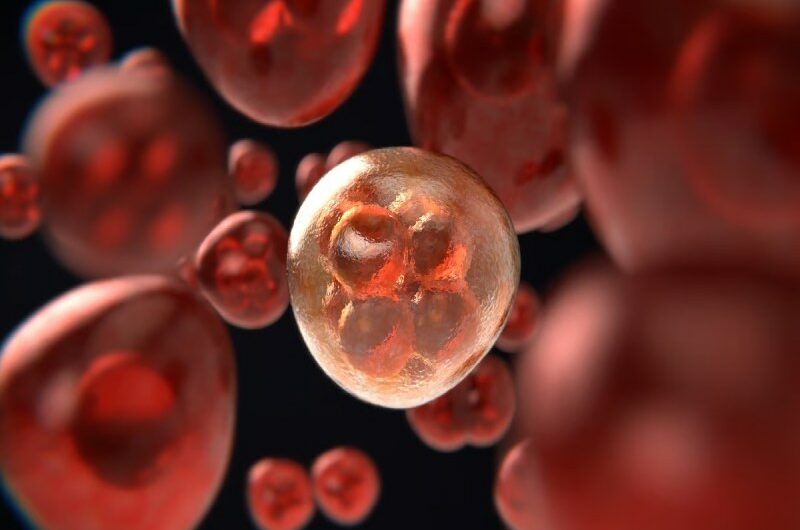A new entry-level GT sportscar from Mercedes-AMG replaces the V8 with a four-cylinder engine that generates 415 horsepower (310 kW / 421 PS) with the aid of an electronic turbocharger. The Mercedes-AMG GT 43 is only offered with rear-wheel drive and does not come with an all-wheel drive system. In addition, a revised bodykit sets it apart from the more powerful models.
It’s said that the first-ever four-cylinder AMG GT is a car for purists. Thanks to the lightweight engine and rear-wheel drive system, Mercedes characterizes it as a “agile cornering artist with extremely dynamic handling and a lot of driving fun” despite its lack of power.
Under the lengthy hood is a 48V mild hybrid system with a belt-driven generator and a 2.0-liter four-cylinder engine that is mated to an AMG electric exhaust gas turbocharger inspired by Formula One. Power is sent to the rear wheels with a nine-speed multi-clutch gearbox that is exclusively linked to the engine.
The electric motor provides an additional 13 horsepower (10 kW / 14 HP) of boost, while the mill generates 416 horsepower (310 kW / 421 PS) and 500 Nm (369 lb-ft) of torque. Accordingly, the AMG GT 43 is 53 hp (40 kW / 54 PS) less powerful than the V8-powered GT 53, but it has an additional 40 horsepower (30 kW / 41 PS) over the virtually identical SL 43 roadster.
Mercedes claims that the entry-level AMG GT can reach a top speed of 280 km/h (174 mph) and accelerate from 0 to 100 km/h (0 to 62 mph) in 4.6 seconds. Although most owners won’t really care about the comparison, the acceleration statistic is notably 0.7 seconds slower than the Mercedes-AMG A 45 S 4Matic hot hatchback, which is equally powerful but has all-wheel drive.
Mercedes gave the GT 43 a unique look so that people wouldn’t confuse it with the V8-powered GT 53 and 63 versions. The grille extension is gone from the reworked front bumper, which now has bigger, linked intakes. Smaller side gills are paired with thinner front and rear fenders. The rear bumper features quad circular tailpipes (rather than trapezoidal ones) and a cleaner look without the vertical outlets.
AMG offers a variety of options for the wheels, which can be increased in size to 21 inches (the base model has 19 inches), a fixed rear wing, and packages that add high-gloss chrome or black elements to the exterior design for those who wish to add some flair.
The AMG GT 43’s interior has the standard 11.9-inch touchscreen for the MBUX infotainment system and a 12.3-inch digital instrument panel. Although the AMG Performance seats are an optional option, the basic AMG sports seats are upholstered in Nappa leather. Of course, the Manufaktur customisation program offers even more choices.
Compared to the GT 53 and 63 versions, the GT 43’s tracks are smaller in terms of chassis configuration. Composite brakes and steel spring suspension with aluminum shocks, lightweight coil springs, and front and rear five-link axles are standard. Like the rear-wheel steering, the more advanced AMG Ride Control Chassis is an optional feature. In addition, the AMG Dynamic Plus package includes active aerodynamics for the underbody, dynamic engine mounts, an electronically controlled rear locking differential, an additional “Race” driving mode, and yellow brake calipers similar to the one in the picture.
For the 2025 model year, Mercedes-AMG is anticipated to introduce the GT 43 to North America. Comparing the four-cylinder model to its V8-powered brothers, which start at $134,900, should make it less expensive. It should be noted that the flagship E Performance version of the AMG GT, which sports a plug-in hybrid V8 engine with a combined output of over 800 horsepower, will shortly join the roster.
Topics #Engine Swaps V8 for 4-Cylinder #Mercedes-AMG GT 43









